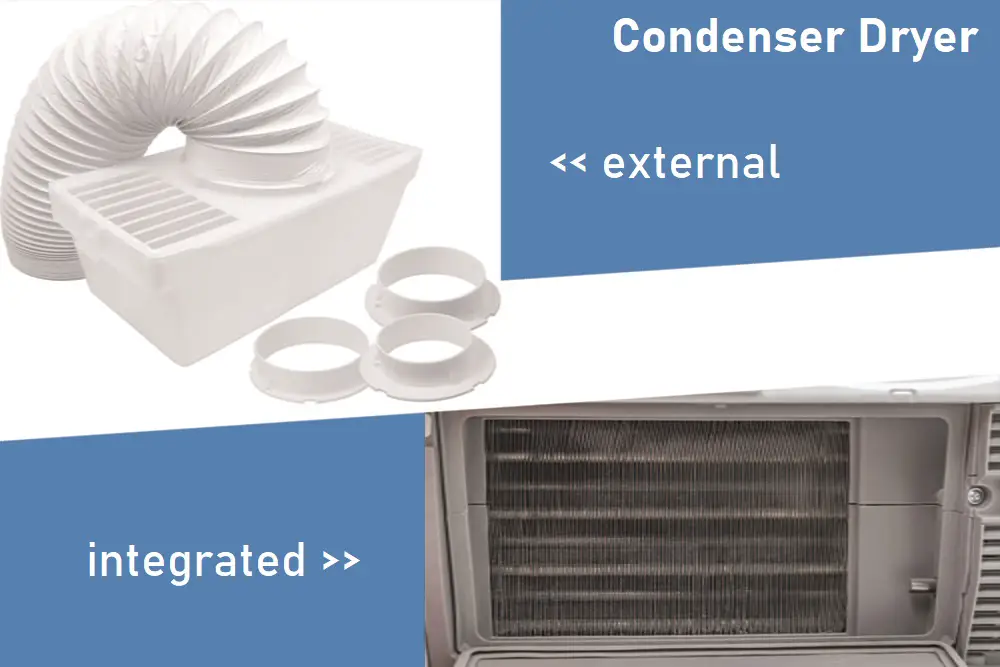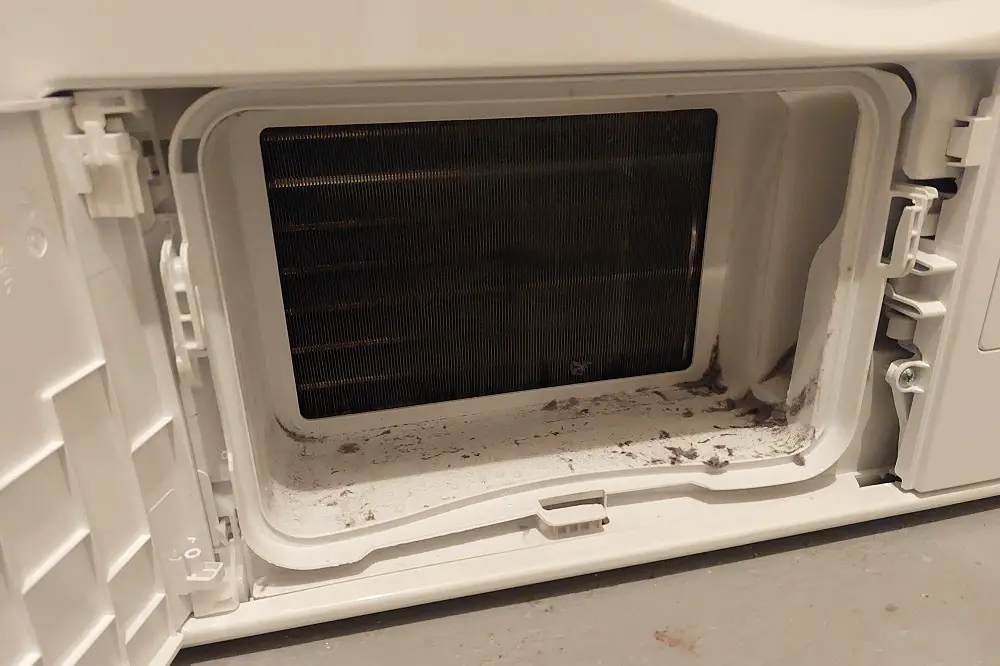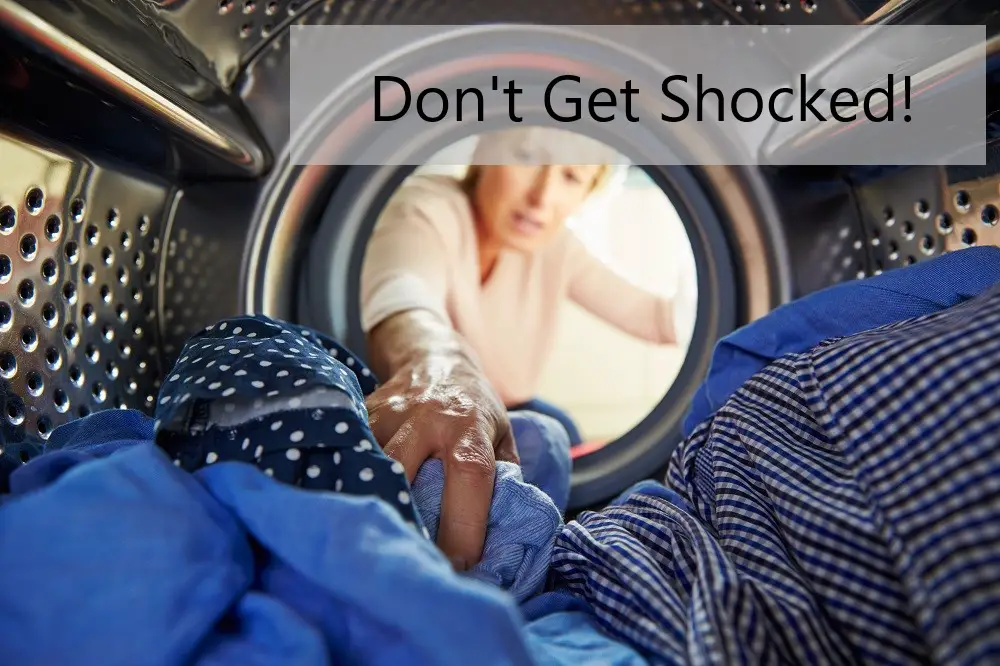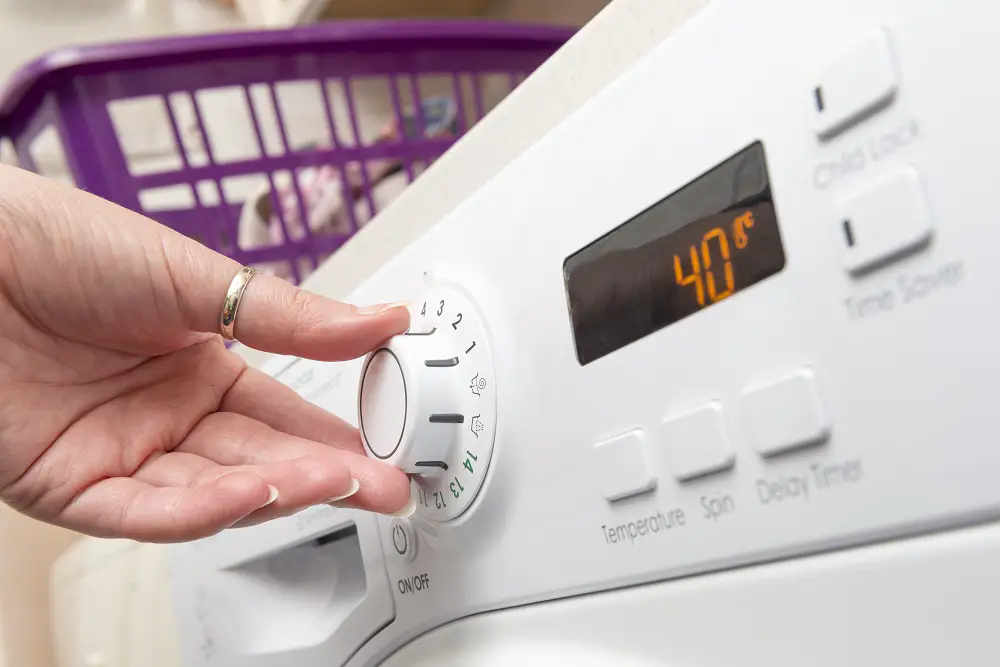If you’re looking for a new dryer that’s energy efficient and gentle on your clothes, heat pump dryers are a better option than vented and condenser dryers.
The many benefits of heat pump tumble dryers include energy efficiency, cost savings on utility bills and maintenance, longer-lasting, gentle on clothes, increased capacity, space-saving, ease of installation and maintenance, and a wide range of models and programs.
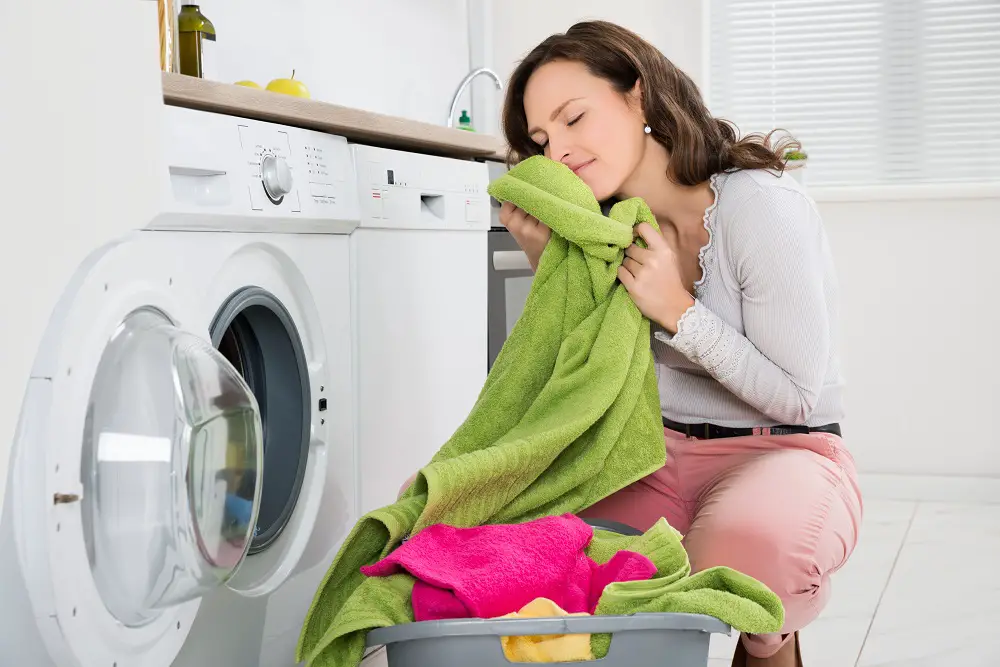
Read on to learn about all the advantages of these ventless dryers.
Table of Contents
Understanding Heat Pump Dryers
While vented dryers have been popular for laundry needs, the first type of ventless dryer – the condenser dryer made for increased convenience.
Vented tumble dryers draw the indoor air, heat it, and circulate the hot air inside the dryer drum. The moisture from the wet clothing is expelled with the hot air through an exhaust or vent, and the process repeats.
In a condenser dryer, the hot air passes through the wet laundry and then through a condenser. The extracted moisture is stored in a water tank, and the excess hot air is expelled.
The comparatively newer heat pump model is an advanced condenser dryer.
The heat pump technology uses a second cycle to save energy. It reuses the hot air after the moisture is expelled and therefore does need less power for heating.
This translates to higher energy efficiency, among several other benefits.
16 Advantages of Heat Pump Dryers
Heat pump tumble dryers have several benefits, making them a good investment over vented or condenser models.
1. Energy Efficiency
The heat pump dryer recycles the excess warm air from the previous rotation. It doesn’t heat the cold air throughout a cycle. This makes it more energy efficient.
Cooling and condensing the warm damp air takes much less energy than constantly heating newly drawn air (like in a traditional vented dryer). While condenser dryers consume about 3 kWh per load, heat pump dryers consume roughly 1.5 kWh per load.
Interesting fact: With the closed system functioning, heat pump dryers often have energy efficiency ratings of up to six stars (the best possible). There are even nine or 10-star energy ratings from several manufacturers these days.
2. Reduced Energy Bills
Since heat pump clothes dryers don’t use hot air to dry clothes, they use about 50% lesser energy in comparison to vented or condenser tumble dryers.
This converts to long-term savings on electricity bills.
Useful tip: Since a heat pump dryer takes longer to dry clothes, use it overnight to have your laundry dried by the morning. You can also save money on off-peak times.
3. Gentle on Clothes
The maximum temperature within a heat pump dryer is 50 degrees Celsius.
Since this dryer type operates at a lower temperature due to the use of refrigerant, there are no risks of damage to your laundry with burns, shrinking, or fading of colors.
Useful tip: Always check the garment care label and select the appropriate garment care program on the machine.
4. Moisture Sensors
Every heat pump dryer includes sensors for moisture detection.
These sensors ensure that all the load’s moisture is evenly removed for perfect drying. The machine also turns off automatically when it senses that the clothes are dry.
5. Increased Capacity
Most models have a 7 kg load capacity. However, if you have more members in your household, you can go for heat pump models with a higher capacity of 10 kg.
A model with a large drum size will hold more clothes and works well even if you use your dryer daily.
6. Advanced Programs
As heat pump dryers are more complex than vented or condenser models, they’re likely to have a wider range of advanced programs like sportswear, towels, woolens, cupboard dry, and iron dry.
(We explained all tumble dryer settings in an easy way here)
7. Relatively Quiet
Often, heat pump models are quieter in operation and are only as loud as the volume of a normal conversation. While not completely silent, these dryers won’t disturb much while they run.
Interesting fact: The quietest tumble dryer in the market is the Samsung Series 9 heat pump tumble dryer, with a noise level of only 62 dB.
8. Ventless Dryer
Unlike vented tumble dryers, heat pumps are ventless dryers and don’t require vents. You don’t have to drill a hole in the wall to install a vent hose.
As a result, the dryer won’t expel any hot air, lint, or microfiber particles indoors. Water is the only waste heat pump dryers generate.
9. Easy To Install
You can install a heat pump dryer just about anywhere with an adequate power supply and don’t need a dedicated laundry room.
It doesn’t need to plumb into your water pipes.
The moisture gets collected in a water reservoir or tank that you must manually empty after every few uses.
10. Space Saving
Heat pump dryers are ideal for apartments and houses, especially if you’re tight on space.
These compact ventless dryers don’t take up too much floor space and don’t need extra room since they don’t vent out hot, moist air or lint.
You can even get a stacking kit and stack your heat pump dryer over a compact washing machine for additional space saving.
11. Easy to Maintain
These dryers are easier to maintain and unlikely to break down.
The only cleaning you need to do is to keep the lint filter and condenser clear regularly and empty the water tank (if not using a drain hose).
The self-cleaning function in some models makes dryer maintenance even easier.
(Check our easy maintenance guide)
12. Easier To Drain With a Drain Hose
While this dryer type stores water in its water tank, you can also set it up nearby a floor drain and use a drain hose.
This makes it easier to drain the condensation, unlike emptying the water tank regularly.
13. Reduced Condensation and Mold
Since heat pump dryers contain as much water as possible and don’t expel hot, moist air, the chances of condensation and mold are greatly reduced.
It also reduces the chances of allergies or respiratory issues.
14. Long Lasting
Heat pump dryers last much longer than most other dryer types.
With a motor and body built to last and with regular maintenance, your appliance can last about 15-20 years.
15. Prices Have been Reduced Compared to the First Devices
Unlike the first few models of heat pump dryers that were available on the market, the prices of the newer models have been reduced.
This is because the components and technology used for the energy efficiency of these appliances are more widely available than a few years back.
16. Wide Range of Products
From the different ENERGY STAR-certified heat pump models like Samsung, Whirpool, Miele, LG, Bloomberg, Beko, and Asko to various capacities ranging from 6-10 kg, there’s a wide range of options.
There are several drying cycle options to choose from, too, like remote smartphone control, smart settings, and anti-wrinkle technology.
Conclusion
Despite being slightly expensive to purchase and taking longer to complete a drying cycle, the many advantages make heat pump dryers worth considering over condenser or vented models.
Whether in it for the environmental-friendly factor or to save money, heat pump dryers are a great choice.
